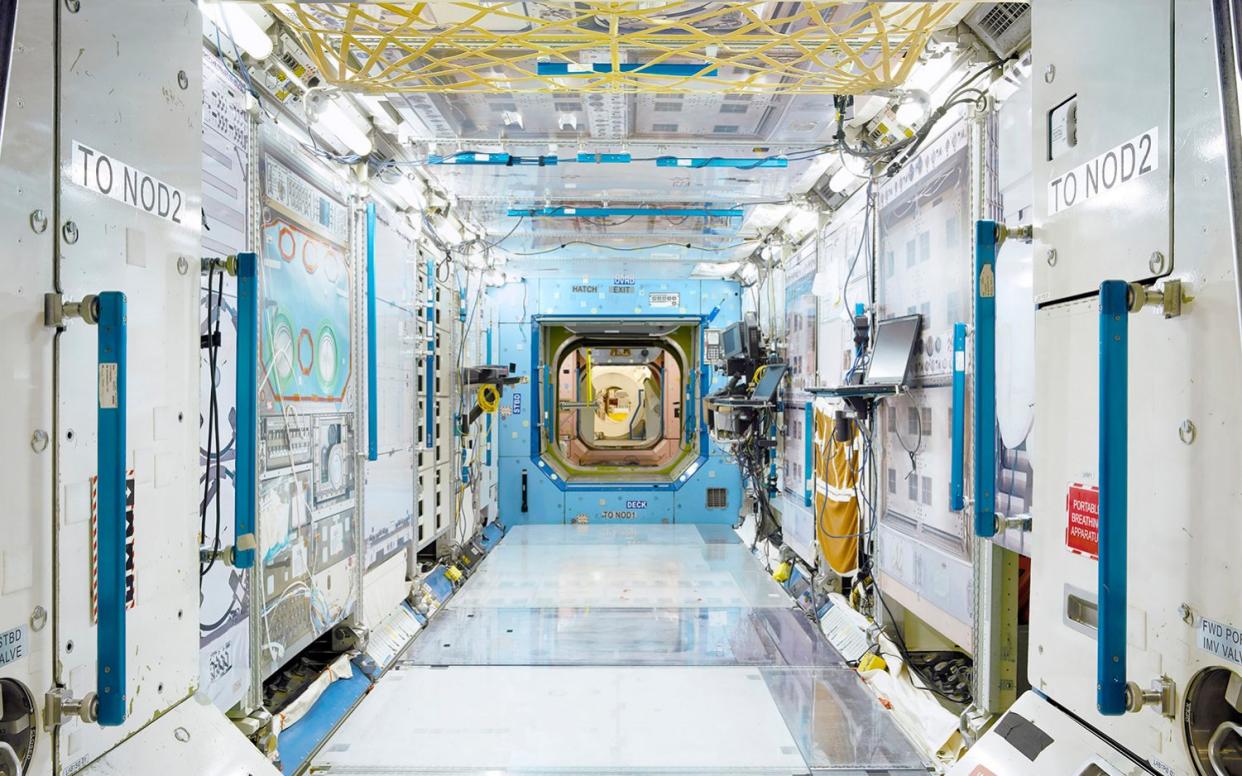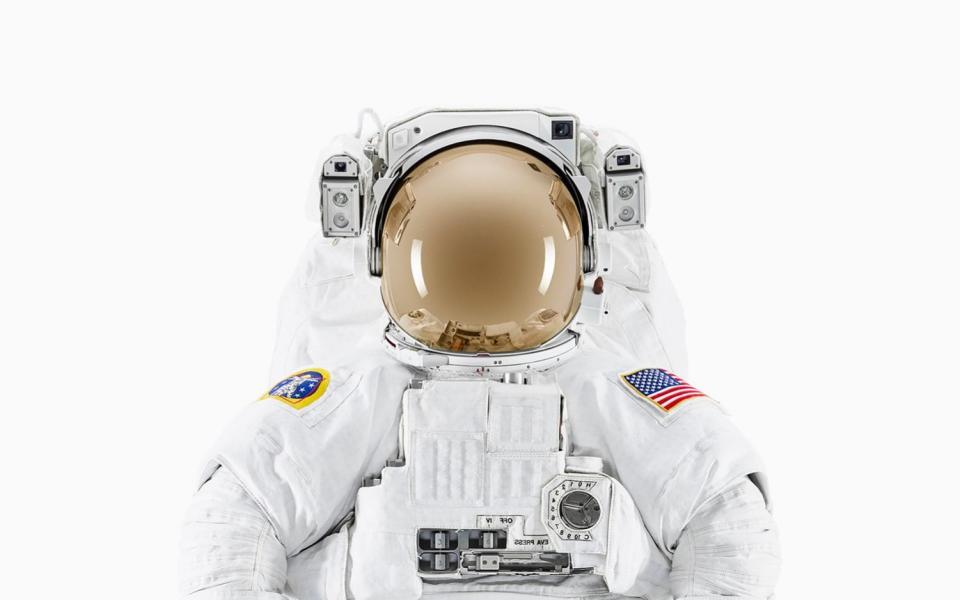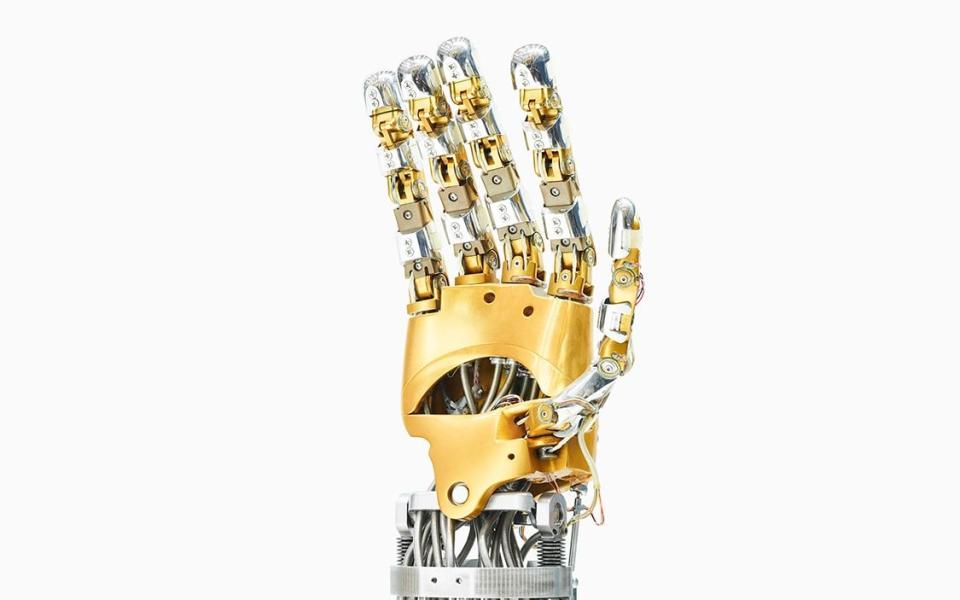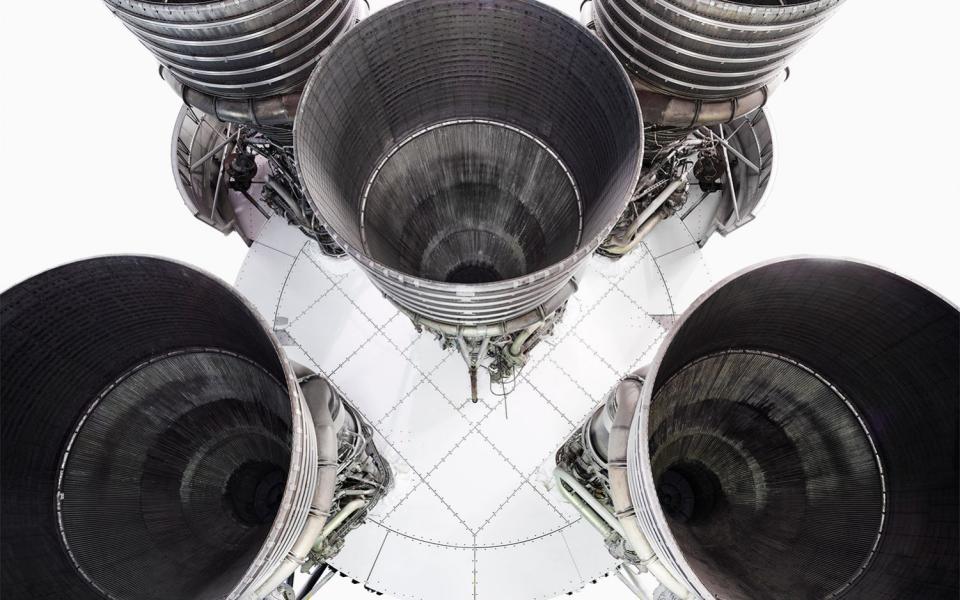The photographs revealing some of Nasa’s most exclusive ventures

Nasa: Past and Present Dreams of the Future lands on my desk with roughly the same force as a lunar module returning to Earth. Weighing in at an impressive five kilograms, photographer Benedict Redgrove’s book, almost a decade in the making, is a visual homage to the achievements of the American space agency.
The length of the project gave Redgrove the chance to photograph objects and places to which Nasa rarely grants access, including individual astronaut name-stamps, helmets that have been locked away for many years, precious samples of lunar rock and the inside of the International Space Station trainer. The result is an entirely unique set of images.
Redgrove’s own fascination with space began in April 1981. As an 11-year-old, he watched the launch of the Space Shuttle Columbia – Nasa’s inaugural orbital space flight of the Shuttle programme – on television. This book has been a long time coming.
He had originally intended to focus entirely on space suits. “But as I spent time developing the idea,” he tells me by e-mail, “I realised there were so many more items and places that I wanted to show… If I had more time, I would carry on, but I needed to draw the line.”
Redgrove takes a singular approach to photographing his subject matter, stripping whatever object he’s photographing – a lunar module, an astronaut's helmet – from its context and isolating it against a white background to focus the viewer’s attention entirely on the subject. It is an aesthetic recognisable to anyone familiar with Redgrove’s other work in the fields of auto, technology and industry.

The result is a series of consistently striking images. Take a photograph of the nose cone of the Space Shuttle Atlantis. We are instantly attentive to its details – individual pieces stamped with their part numbers, heat tiles pockmarked and bruised from the forces to which they were subjected on re-entry, the arresting lines of the vehicle itself. Redgrove was given only two mornings in which to shoot the Shuttle, but such is the craft of the image that you would be forgiven for thinking he had spent weeks poring over it and photographing it from every conceivable and (and inconceivable) angle.
Although this approach tends to leave you with little sense of scale, it allows functional individual vehicle parts to become objects of beauty. His close-ups of the engine cones of the Shuttle or those of the Saturn V rocket, used in the Apollo space programme, appear as abstract still lifes, yet also leave you with a sense of wonder. How on earth (or space) could something like that survive the mind-boggling forces and heat of re-entry into Earth's atmosphere?
Despite the project's expansion, the suit remains an important element, reflecting its significance to the travelling astronaut: not just a protective skin, but a life support system that has grown ever more sophisticated over the decades. The first space suit, designed for the Mercury missions which ran from 1958 to 1963, provided the template for a host of sci-fi movies, while the latest helmets, complete with mounted cameras and lights, wouldn't be out of place in a Ridley Scott or Christopher Nolan film.

As Redgrove points out, “These genuinely iconic objects have come to signify the greatest of human achievements.” Similarly, the Mercury-era glove with its lace-up ties seems more like a fashion accessory than a functional object, whilst the Apollo flight gloves wouldn’t look amiss on a ski slope.
This leads us to the latest developments at Nasa, which is looking ahead to manned flights to Mars. The Orion missions will test the limits of human endurance and perhaps beyond. Redgrove's photographs capture the increasingly important role robotics will play in future space travel. And while for now he has other projects to pursue, he may yet return to NASA in the future to document the latest advances in the space program.
Sci-fi imaginings collide with real-world innovations in his images of Nasa’s Robonaut creations. Centaur 1 is a four-wheeled vehicle with a robonaut body attached. The robonaut hand is at once a thing of immense beauty and not something you would want to be on the wrong end of. The culmination is the familiar-looking Valkyrie R5 robonaut. Terminator, anyone?

For Redgrove, “science, engineering and design are as close to a religion as I can possibly put my belief in”. They gave him the stimulus to spend five long years planning the book followed by four years of shooting. It took him a long time to gain Nasa’s trust.
“Everyone wants to go and photograph there, so you need a very good reason to take up their time and prove that what you are doing will be seen by the many and for the right reasons…
“Sometimes my contacts would move to another department, and each time I would need to speak to new people and start the process again. After a few years, my contacts and I developed a sort of shorthand. I knew what they expected from me, and they knew what I would want to see, and how much I could shoot in a day. Which wasn’t a lot, using the cameras I did at the time.”

The cameras in question were a Hasselblad, which records incredibly fine detail, and an Alpa X+Y, which can shoot in both horizontal and vertical planes to form one larger image. Some of the final shots were made up of over 60 individual images, put together in post-production.
Nasa: Past and Present Dreams of the Future may seem the natural domain for space enthusiasts and tech geeks alone, with its brain-baffling images of circuitry, pipes and electronics. But there is a broader appeal to be found in its pages. It is a joyous tribute to human endeavour, inviting us to celebrate America’s past achievements in space travel and indulge in fantasies of the future, beyond the horizon line.
Nasa: Past and Present Dreams of the Future is available to buy for £150. A limited edition of 50 books bound in Beta Cloth, the material originally used in the construction of the Apollo space suits, will be available soon


